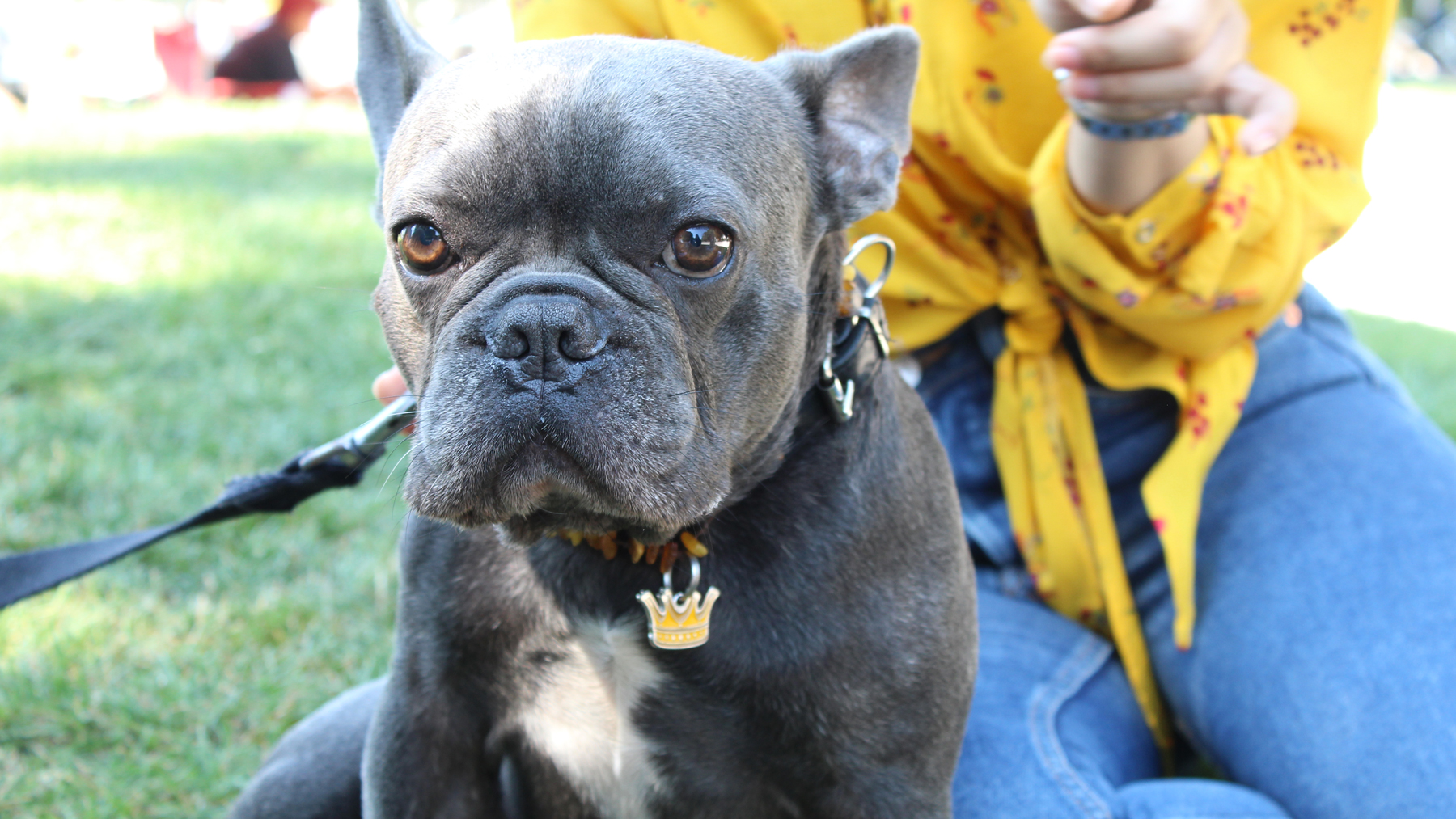
We've all been there – eager to enjoy a relaxing outing with our dog, only to find them constantly on the move, pulling on the leash, reacting to distractions, and refusing to settle. Perhaps you feel like you’ve done everything you can to work out how to calm a reactive dog and feel at your wits end with why your dog won’t settle in public settings.
It’s never just as simple as bribing your pet with some of the best dog treats, instead, it's about putting in the work and doing so with the right kind of training (which most often involves treats). Certified dog trainer, Melissa Goodman believes that the key to helping your dog settle on walks and stay focused is to practice where there are no distractions.
Goodman is an accomplished dog trainer, having received her certification through the prestigious Victoria Stilwell Academy for Dog Training & Behavior. In addition, she holds the title of Certified Professional Dog Trainer - Knowledge Assessed (CPDT-KA) from the Certification Council for Professional Dog Trainers.
Armed with her wealth of knowledge and experience, Goodman took to Instagram to share how dog owners can effectively teach dogs the invaluable skill of settling in public places. Watch the video post below or keep on reading for a summary of her advice.
"To teach your dog how to settle in public, it's best to start training them at home first, where there are minimal distractions," Melissa advises. While it may be tempting to jump straight into public training, taking the time to establish a solid foundation pays off in the long run. Consistent training at home and in low-distraction areas prepares dogs to handle busier environments with greater ease.
Building a solid foundation is key, and she focuses on teaching dogs to go to a designated spot on cue before working on impulse control. This initial training helps dogs associate calmness and comfort with staying in a designated spot, even in distracting environments.
The foundation work sets the stage for the next step – practicing impulse control. Melissa stresses the importance of teaching dogs that lying calmly on a comfortable surface is a rewarding experience. This process isn't always as simple as it sounds, as impulse control doesn't come naturally to most dogs.
Melissa's training approach is rooted in the understanding that dogs don't generalize well, which means they need exposure to a wide range of environments to truly grasp a skill. She recommends starting new training techniques in familiar and comfortable settings, such as at home or in quiet areas, before venturing into more challenging public environments.
So, if you want to implement Goodman's advice with your own pup: start at home, create a strong foundation, and gradually introduce them to different environments. With patience, practice, and a lot of positive reinforcement, you should start to experience the benefits of a settled and contented canine companion in a variety of settings.
You aren't a bad pet parent if you try a training tip like this and don't witness any change in your dog's ability to remain calm in public. This may be something you are best picking up with a professional trainer. Just make sure you read our guide on how to spot dog trainer red flags to help you pick a safe and professional trainer.







